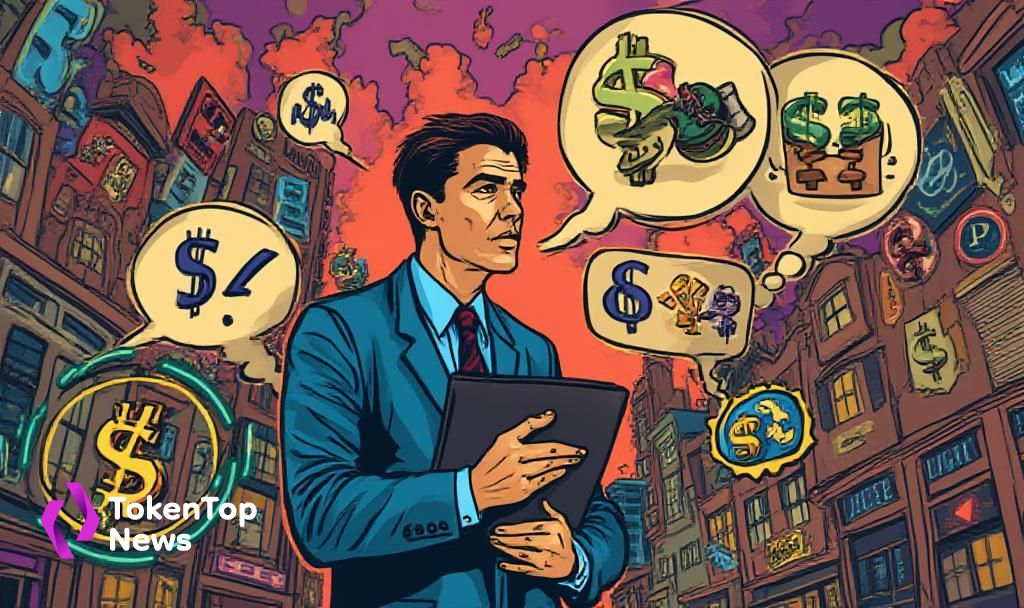USDC Treasury Executes $55 Million Ethereum-Based USDC Burn
- USDC Treasury burned 55 million USDC on Ethereum.
- Market impact was minimal, maintaining the $1 peg.
- No significant DeFi protocol or liquidity pool disruption occurred.

On July 25, 2025, the USDC Treasury executed a burn of approximately 54.47–55 million USDC on the Ethereum blockchain, as part of routine supply management.
This action shows stable ongoing management of USDC’s supply without disrupting market stability, leaving DeFi protocols and other digital asset values unaffected.
Supply Management Strategy
USDC Treasury burned approximately 55 million USDC on the Ethereum blockchain on July 25, 2025. This move is part of routine supply management, ensuring minimal disruption to DeFi protocols and the broader cryptocurrency market.
The USDC Treasury, operated by Circle Internet Financial, took these actions. Jeremy Allaire and Dante Disparte are key Circle executives. No direct statements were issued due to the routine nature of this supply management transaction.
Market Impact
The immediate effect included a reduction of the USDC supply by $55 million. Market reactions were muted, with no price change observed. Ethereum was utilized only for transaction gas fees.
The financial implication involves tracking redemptions and demand cycles. The USDC price remained at $1.00, and the overall market cap stayed steady, highlighting a stabilized response to the burn.
Transparency and Technology
User redemption cycles influence USDC burns. Historical patterns show similar burns without causing volatility. Aligning with regulatory transparency, USDC issuers provide on-chain proof of transactions.
Potential technological outcomes suggest continued stability in USDC’s usage as a stablecoin. The muted reaction underscores the effectiveness of their supply management strategy, indicating consistent adherence to maintaining market equilibrium.
Jeremy Allaire, Co-founder & CEO, Circle Internet Financial, “We view routine supply management as essential to maintaining the stability and utility of USDC.” – Source





